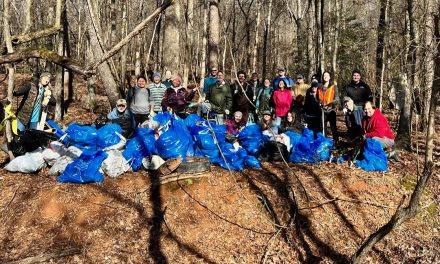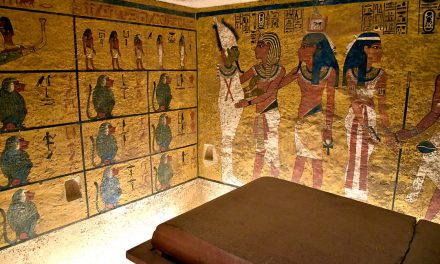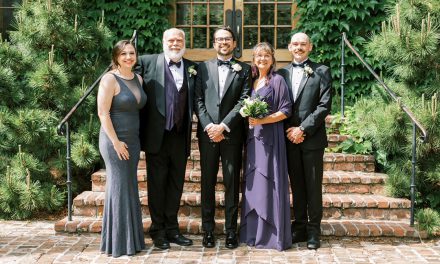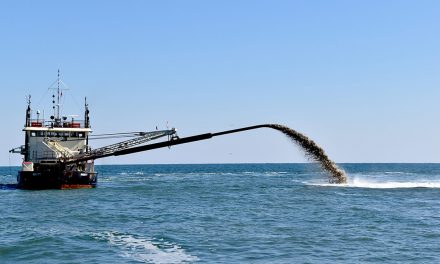Six countries, 12 towns, 14 days, two rivers bring castles and a closer look at history
Lakeside’s Senior Reporter Pam Keene recently returned from another adventure, this time cruising on the Rhine and Mosel rivers from Switzerland to Belgium. Traveling along two of Europe’s many picturesque rivers amid vineyard-covered hillsides was a chance for a laid-back journey that blended modern-day Europe, medieval history and frequent reminders about the history of WWII that stirred pride and thankfulness for our parents’ and grandparents’ generation. Tom Brokaw had it right in his book, “The Greatest Generation.”
Having traveled to nearly 70 countries, I’m always game to add more destinations and adventures. Some, like southern Africa, Bhutan and Antarctica are truly bucket-list journeys. Other places, like Provence, France, the Iberian Peninsula (Spain and Portugal) and Eastern Europe and the Danube River, have their own advantages and benefits, such as spending 14 days on a small riverboat, where you only unpack once and you’re taken to some of the world’s most famous cities and delightful villages off the beaten path.
A couple of months ago, my travels took me to the Rhine and Mosel rivers on the 140-passenger River Harmony, owned by Grand Circle Travel, sister company to Overseas Adventure Travel, oattravel.com. It provided an opportunity to immerse myself in parts of Europe I’d never visited. The trip began in Basel, Switzerland, where we boarded the ship that was to be our home for the next two weeks.
Our itinerary tempted us with the number of cities we’d be visiting and the sites we would see, including at least two other “Notre-Dame” cathedrals, windmills, wine country in both Germany and France, a plethora of castles, and, well, just read on.
As Switzerland’s second-largest city, Basel is on the border of Germany and France. Just a short walk from our moorage, we could walk to the Border Triangle on the Rhine and see all three counties simultaneously. Basel is home to large pharmaceutical companies, but its attraction for travelers is its medieval architecture, including its Town Hall and 12th-century cathedral built of red sandstone. It’s also a center for arts and culture, with more than 30 museums, including the Museum of Fine Arts, built in 1662.
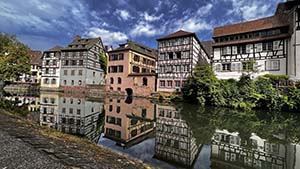
In Strasbourg, France, half-timber homes line the canal.
With so much ground to cover, we soon sailed toward France: destination Strasbourg and the Alsace region. Captain Martin, who I’d met on a previous cruise to Holland and Belgium in Springtime, shared some highlights to come – cruising past medieval castles, hillsides planted with vineyards and through 33 locks.
Docking in Strasbourg, we prepared for our travels on the 199-mile Alsace wine route, taking us past more vineyards and through small villages, whose historic medieval homes lined narrow streets. Most were half-timbered, as is typical throughout Germany, and Alsace comes by this architecture honestly because over the centuries it has been part of Germany and then part of France, which it is currently.
Our walking tour of one village, Riquewihr, provided a glimpse of daily life, from the charming shops to a group of young boys in their school uniforms, a chance to talk with some of the residents there. Almost everyone in Europe speaks English, and it always makes me feel a bit like an underachiever because I barely made it through introductory Spanish in college.
Strasbourg’s Notre-Dame Cathedral stands 142 feet and is the second-highest cathedral in France. A fine example of Gothic architecture, its stained glass, rose windows and ornate façade are breathtaking.
As we continued along the Rhine, we headed toward Boppard, back in Germany. Rick and I had been there a year ago, but this trip was different. A tour of the ancient Marksburg castle high above the city revealed stunning views of the Rhine Gorge, UNESCO World Heritage Site. Partially furnished with period pieces, it also has an excellent display of armor through the ages.
The tour ended with local beer, three kinds of German sausages and typical mustards – and of course fresh-made pretzels.
Not to be outdone, the next morning as we crossed the Mosel River, past thousands of acres of vineyards and several dozen of the 125 villages that line the river, our crew had its own Bavarian treat for us. They called it a typical German “breakfast” – a choice of sausages, pretzels and dark beer. Even at 10 a.m., who can resist?
We enjoyed similar treats and entertainment on board throughout our trip, including a local choral group singing a mixture of European and American songs and a special Bavarian-themed dinner, complete with schnitzel, red cabbage and all the trimmings.
Our Mosel cruise took us to Luxembourg, one of the smallest countries in Europe, bordered by Belgium, France and Germany. It has its own language and is considered one of the wealthiest countries in Europe. Its Notre-Dame cathedral, not as ornate as others in Europe, does have beautiful hand-carved columns that support the high-arched Gothic ceiling.
Grand Circle and Overseas Adventure Travel ensure that its travelers are not tourists, but people who want to go beyond the biggest museum or the most interesting cathedral. Any time I’ve been on a trip with a significant connection to World War II, there’s been a chance to visit a key location. On the Provence trip, we visited the Rhone American Cemetery, where 851 American soldiers are buried.
After leaving Luxembourg, where at the town square a small plaque thanked the Americans for liberating the country, we drove to two cemeteries.
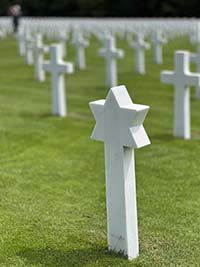
Graves of American soldiers marked with white granite Christian crosses and Stars of David.
It was the same on this trip. Not only did we visit Jewish ghettos, our trip leader pointed out memorials, statues and small bronze markers on the cobblestone streets in many cities that bore the dates and names of people who were taken in the night by the Nazis.
A special commemorative ceremony at the 50-acre Luxembourg American Cemetery to honor the fallen from the Battle of the Bulge recognized the veterans traveling with us. They laid a wreath in front of the towering chapel with a red-granite angel sculpture. The immaculately manicured grounds are well-landscaped.
Patton is buried there. His grave, set apart, overlooks the graves of nearly 5,100 war dead, marked by white granite markers bearing Christian crosses and Stars of David and the names and dates of the death of the soldiers. It was sobering.
Less than a mile away, German soldiers are interred; following the battle American soldiers helped gather the German dead to be buried. The Sandweiler German war cemetery is much less well maintained. Stone arches open to rows of understated dark-stone markers where 10,913 German soldiers were laid to rest: two soldiers per grave with graves on both sides of the markers, listed by name when they could be identified. Of those 10,913 souls, 4,829 are interred in a mass grave on the grounds. The contrast spoke volumes.
We sailed to Cochem where we toured Reichsburg Castle which overlooks the river. Originally built in the 11th century, it was burned by King Louis XIV in 1689. Dormant for nearly 200 years, it became a private summer home for a Berline entrepreneur. In 1978, the city took it over for public tours.
The highlight of our visit to the Netherlands, of course, was the 19 picturesque Kinderdijk windmills. Used for centuries to help control flooding, most are now private homes. Windmill operators are volunteers and there’s a waiting list.
But even more charming, our overnight stay in a marina in Willemstad, an historic village where sheep graze the hillsides and people traveling by sailboat or cruising yachts spend multiple nights moored along the cobblestone streets.
While we had dinner aboard the ship, there must have been a sailing school nearby because we saw Opti and Laser sailors being coached by instructors in zodiacs. They were also practicing mark roundings as the sun set behind them.
Our adventure was drawing to a close as we headed to our final port – Antwerp. The only rain we had the entire trip – a pesky slight drizzle – didn’t deter us from walking through the town where we came upon several weddings taking place at the old Town Hall.
We also met a prospective bride and her best friends on holiday to celebrate her engagement and a family who had just purchased a bird.
Looking back, 14 days went by too quickly. Although it wasn’t as exotic as Egypt or as adventurous as India, the trip was quite amazing. From historic sites to insights into the people of this part of Europe, it reminded me of why I travel and renewed my appreciation of how different the world is – and how much we are all the same.
Photos: by Pamela A. Keene

